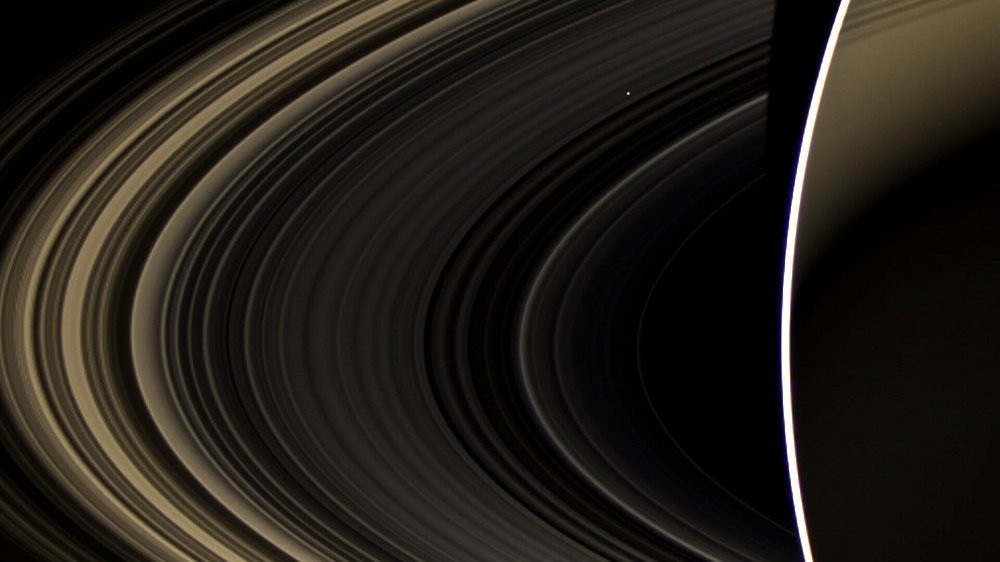Things have quietened enough that I& #39;m going to share my thoughts about the detection of #phosphine on #Venus announced yesterday.
In short: this is a BIG fucking deal. And here& #39;s why:
(a https://abs.twimg.com/emoji/v2/... draggable="false" alt="🧵" title="Thread" aria-label="Emoji: Thread">)
https://abs.twimg.com/emoji/v2/... draggable="false" alt="🧵" title="Thread" aria-label="Emoji: Thread">)
In short: this is a BIG fucking deal. And here& #39;s why:
(a
Phosphine (PH₃) is a fairly rare gas. It forms in giant planets, like #Jupiter, because of the extreme conditions inside them (and because of their hydrogen-rich atmospheres). Neither condition applies to Venus.
PH₃ is also produced by biological activity.
PH₃ is also produced by biological activity.
As a result, it& #39;s thought to be a useful thing to look for in the atmospheres of #exoplanets that might be habitable.
But nobody expected to find it in the atmosphere of Venus—a world the team led by Prof. Greaves ( @jgreaves6) used to test their detection methods.
But nobody expected to find it in the atmosphere of Venus—a world the team led by Prof. Greaves ( @jgreaves6) used to test their detection methods.
So what the hell& #39;s making the PH₃ detected in Venus& #39; atmosphere?
The atmosphere is *extremely* arid and *unbelievably* acidic, but it& #39;s also at (basically) room temperature and pressure. So as things go, it& #39;s a lot more habitable than anywhere else on Venus.
The atmosphere is *extremely* arid and *unbelievably* acidic, but it& #39;s also at (basically) room temperature and pressure. So as things go, it& #39;s a lot more habitable than anywhere else on Venus.
In fact, as far as 1961 Carl Sagan (who helped found @exploreplanets) discussed the prospect of life in the clouds of Venus—a message many folks, including @DrFunkySpoon, have also long been sharing with the planetary community and the public.
So... maybe it is life. Wouldn& #39;t that be WILD?!
But it probably isn& #39;t. There& #39;s every chance that some unknown chemical pathway exists to make PH₃ in the Venus atmosphere—assuming the detection is real in the first place. (That& #39;s why follow-up detections are *so* important.)
But it probably isn& #39;t. There& #39;s every chance that some unknown chemical pathway exists to make PH₃ in the Venus atmosphere—assuming the detection is real in the first place. (That& #39;s why follow-up detections are *so* important.)
Other geological, abiotic—non-living—processes such as lightning and volcanic activity can make phosphine. And (in my opinion!) Venus is *definitely* volcanic (and is probably erupting right now).
And to the credit of the team reporting this discovery in @NatureAstronomy, they have done *lots* of work trying to figure out what process(es) could explain this detection.
So, to be clear: we do NOT have evidence of life at Venus.
We only have an chemical in the atmosphere.
So, to be clear: we do NOT have evidence of life at Venus.
We only have an chemical in the atmosphere.
So what next?
We keep thinking about what explains this detection. We make sure the PH₃ detection is real. We do lab work, computer modelling, everything we can think of.
But here& #39;s the thing: we *cannot* resolve this question from Earth.
We MUST go back to #Venus.
We keep thinking about what explains this detection. We make sure the PH₃ detection is real. We do lab work, computer modelling, everything we can think of.
But here& #39;s the thing: we *cannot* resolve this question from Earth.
We MUST go back to #Venus.
And not just because of the phosphine—although we need to try to detect it from orbit, and measure it *from inside* the atmosphere.
But it& #39;s possible that Venus was once like Earth is today. It may have had oceans. It may have been habitable. Was it *inhabited*? We don& #39;t know.
But it& #39;s possible that Venus was once like Earth is today. It may have had oceans. It may have been habitable. Was it *inhabited*? We don& #39;t know.
But the reason this new paper is such a big deal is this:
We can now add Venus as a *potentially* habitable environment in the Solar System—joining Mars, Titan, Enceladus, and numerous other promising worlds.
This detection might turn out to be nothing.
But we should find out.
We can now add Venus as a *potentially* habitable environment in the Solar System—joining Mars, Titan, Enceladus, and numerous other promising worlds.
This detection might turn out to be nothing.
But we should find out.
OK, that& #39;s it, that& #39;s the thread.
I will *for sure* be talking about Venus again soon. But for now, here& #39;s the discovery paper by Greaves et al.—and keep looking up! https://www.nature.com/articles/s41550-020-1174-4">https://www.nature.com/articles/...
I will *for sure* be talking about Venus again soon. But for now, here& #39;s the discovery paper by Greaves et al.—and keep looking up! https://www.nature.com/articles/s41550-020-1174-4">https://www.nature.com/articles/...

 Read on Twitter
Read on Twitter )" title="Things have quietened enough that I& #39;m going to share my thoughts about the detection of #phosphine on #Venus announced yesterday.In short: this is a BIG fucking deal. And here& #39;s why:(a https://abs.twimg.com/emoji/v2/... draggable="false" alt="🧵" title="Thread" aria-label="Emoji: Thread">)" class="img-responsive" style="max-width:100%;"/>
)" title="Things have quietened enough that I& #39;m going to share my thoughts about the detection of #phosphine on #Venus announced yesterday.In short: this is a BIG fucking deal. And here& #39;s why:(a https://abs.twimg.com/emoji/v2/... draggable="false" alt="🧵" title="Thread" aria-label="Emoji: Thread">)" class="img-responsive" style="max-width:100%;"/>












